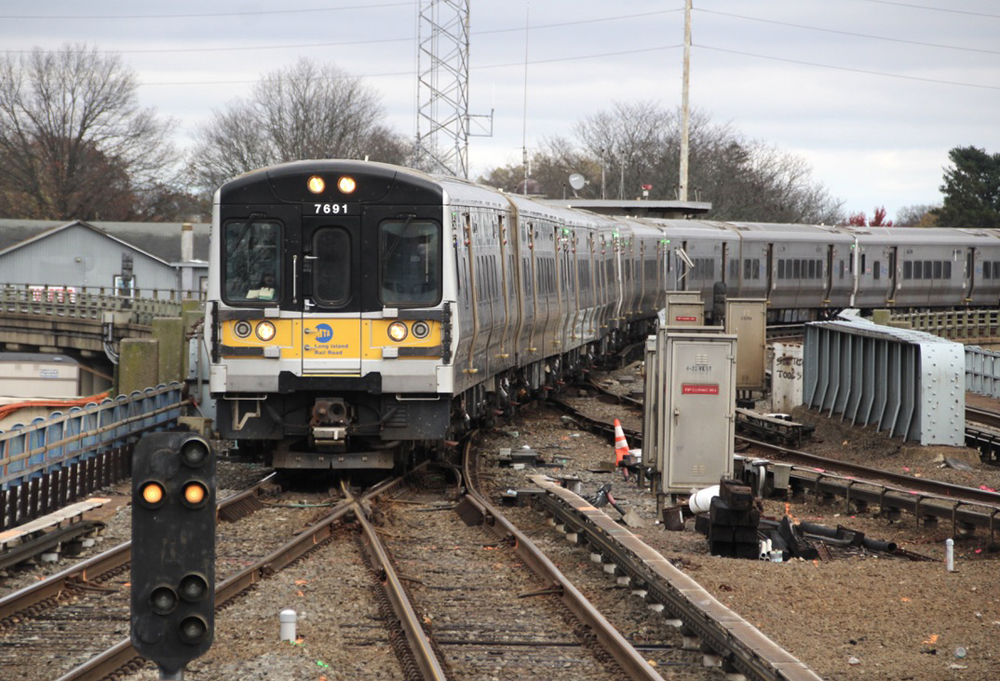
NEW YORK — Continuing to adjust its recently introduced schedule to address demand for service at Penn Station, the Long Island Rail Road will shift four trains from Grand Central Madison to Penn beginning Monday, March 13.
Four other trains will have stops added to their schedules.
Morning rush-hour trains will see the 5:42 a.m. train from Ronkonkoma now going to Penn Station with a 6:55 a.m. arrival, and the 7:54 a.m. from Long Beach serving Penn, with arrival at 8:44 a.m. A morning reverse-commute train to Hempstead will now originate at Penn Station at 7:30 a.m. And an afternoon rush-hour train to Babylon will now originate at Penn Station at 5:28 p.m.
The four trains adding stops all had been originating at Brentwood on the Ronkonkoma Branch, at 5:16, 5:48, 6:03, and 7:57 a.m. They will now originate at Ronkonkoma, at 5:06, 5:38, 5:53, and 7:47 a.m., and will also stop at Central Islip.
“The Long Island Rail Road team is all over the rollout in terms of looking for trends, what ridership is looking like, what trains are popular, and adjusting accordingly,” Long Island Rail Road Interim President and Metro-North President Catherine Rinaldi said in a press release. “This is a very dynamic process and we are going to be continuously making adjustments based upon ridership and loading data. We look at it every single day.”
Metropolitan Transportation Authority CEO Janno Lieber said, “From day one, we knew that there was going to be a learning curve. We are especially focused on what we can do to give riders a better understanding of their options, both through the TrainTime app, and also via announcements and signage. We are moving to a place where the system is achieving its goals and is working much better.”
The MTA said this week has seen the LIRR’s highest ridership in 2023: 205,500 passengers on Tuesday, March 7, the second-highest ridership day since the onset of the COVID-19 pandemic, and 203,000 on Wednesday, March 8. The Monday-Wednesday ridership represented an 8.2% increase over the previous week.














Regarding those ridership numbers, I’d like to know how that 205,500 on 3/7 compares with the ridership levels pre-COVID. Having said that, I would like to give great credit to Ms. Rinaldi and Mr. Lieber, and the Operations Department managers for their quick response to the large number of complaints on the full service pattern first implemented. And think of the train crews and train dispatchers that hardly had time to adjust to the full first schedule changes before they had to learn and work one with a host of changes. Let’s all hope at least the majority of riders are good with the schedule changes that go into effect on 3/13.
What was the high mark before Covid?